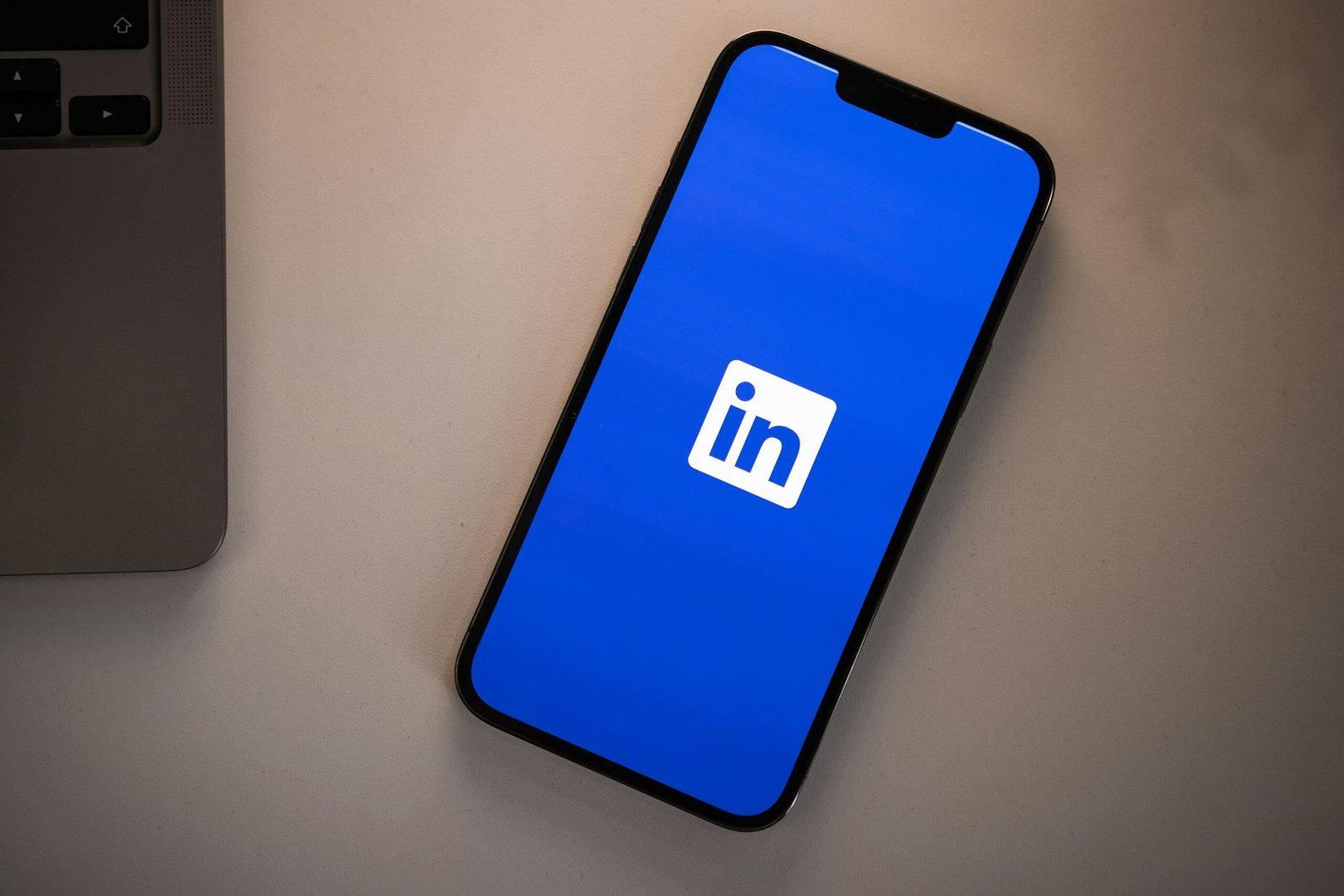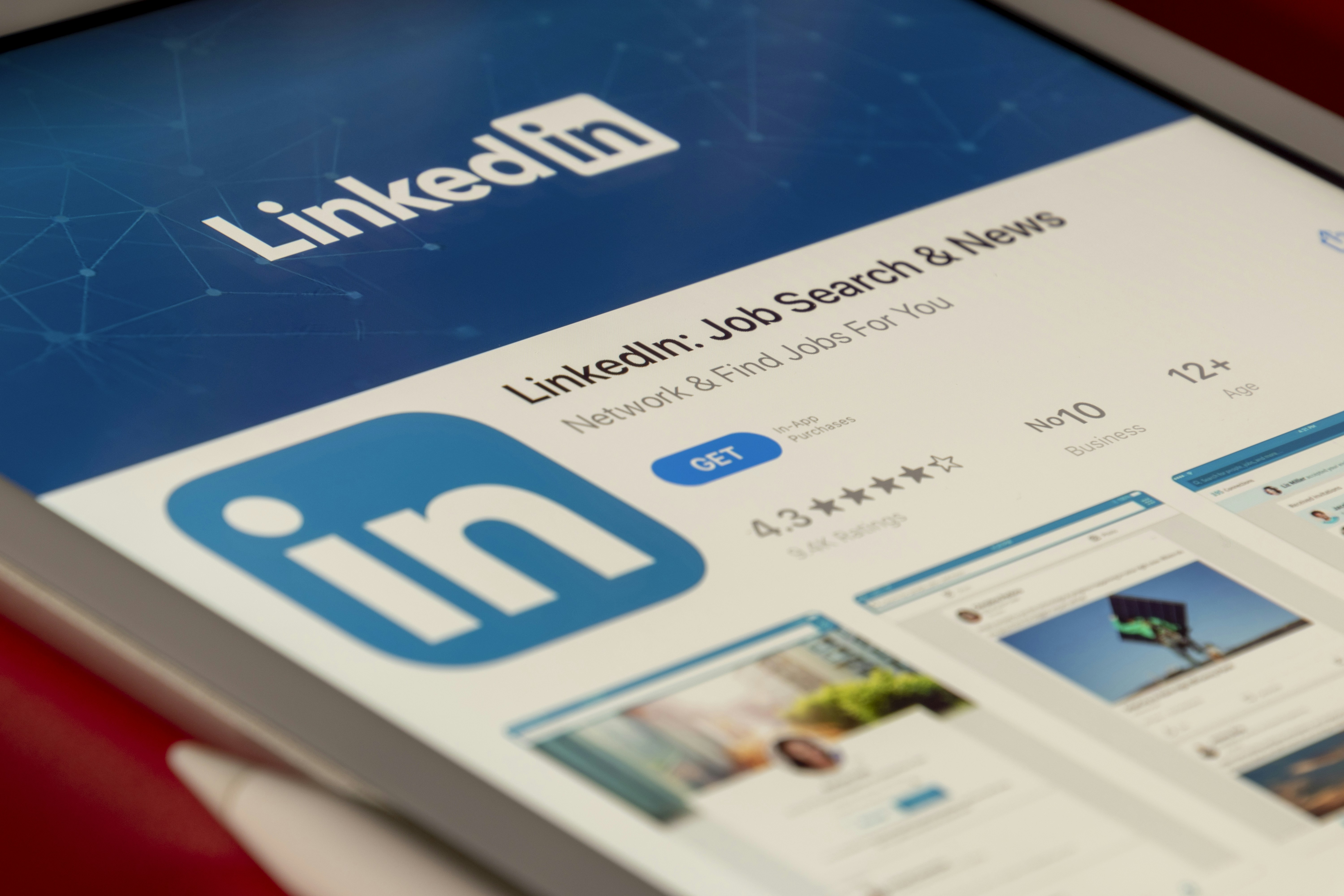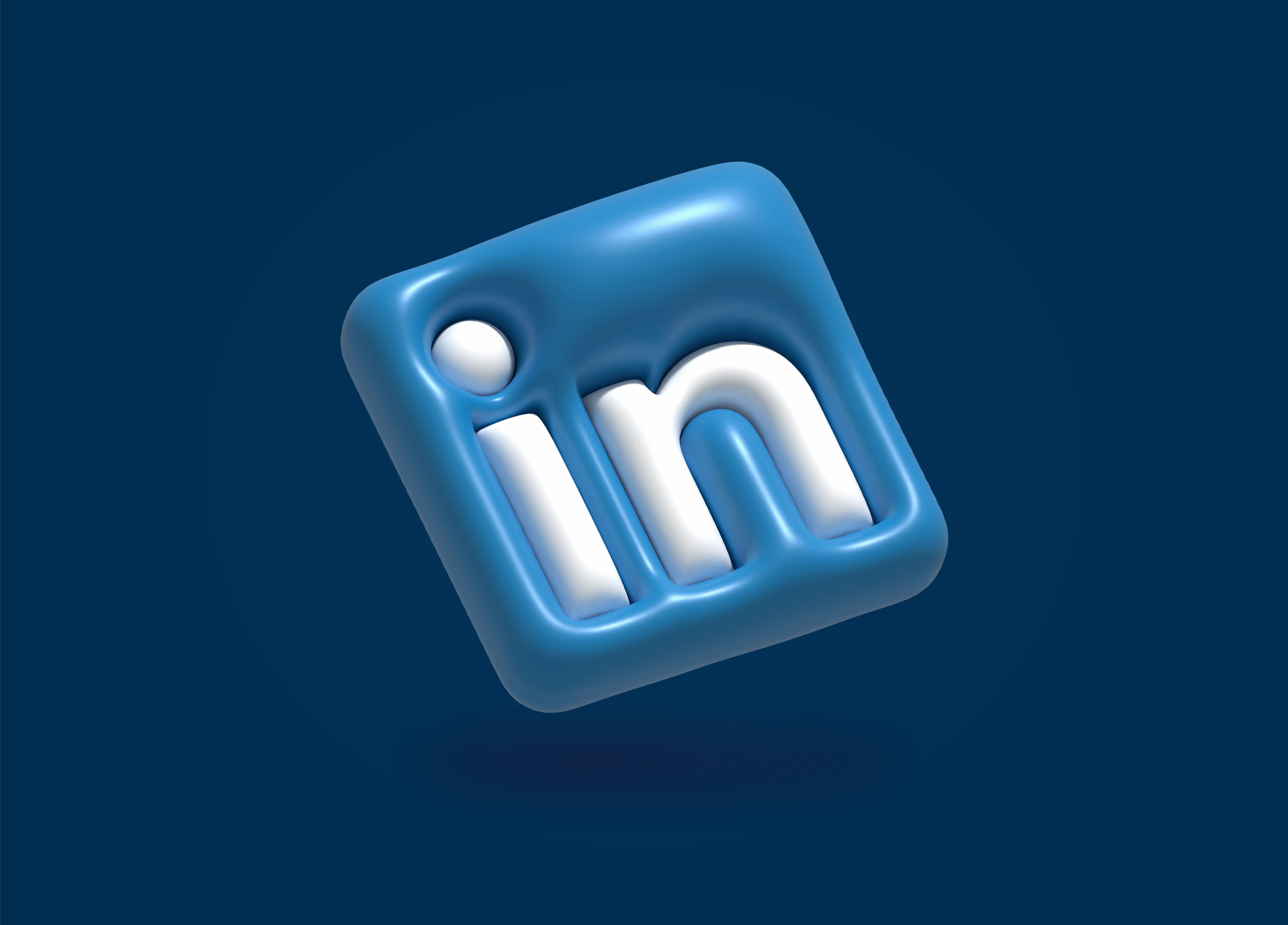Want to learn how to use LinkedIn to consistently find and win clients as a freelancer?

How Do Freelancers Use LinkedIn To Find Clients?
LinkedIn is one of the most powerful platforms for professional networking and client acquisition, and you can use it to find high-quality freelance work. This article shows practical steps, proven tactics, message templates, and a checklist to help you attract, engage, and convert clients on LinkedIn.
Why LinkedIn Works for Freelancers
LinkedIn is a professional network built for business relationships, hiring, and referrals. If you use it strategically, you can present your expertise, build trust, and reach decision-makers actively looking for freelance help.
You’ll find a mix of clients, from startups to enterprise buyers, and the platform’s tools let you research prospects, target industries, and track engagement.
How to Think About LinkedIn as a Client-Acquisition Channel
View LinkedIn as a long-term sales channel rather than a one-off job board. Your profile and content act like a storefront and marketing funnel, and your outreach is your sales process.
If you consistently show value and position yourself as a specialist, you’ll attract inbound requests and create higher-converting outbound conversations.
Optimize Your LinkedIn Profile (Your First Conversion Point)
Your profile should quickly tell visitors who you help, what you deliver, and why you’re different. Think of it as a conversion page — every element should reduce friction and build credibility.
- Use a professional headshot and a background that reinforces your niche.
- Your headline should be benefit-driven, not just your job title.
- The summary should focus on outcomes and include social proof (results, companies, testimonials).
Profile Elements and Best Practices
Each section of your profile plays a role in convincing prospects you’re worth contacting. Make every section intentional and results-oriented.
| Section | Purpose | What to Include |
|---|---|---|
| Profile Photo | Trust and professionalism | Clear, friendly headshot; professional attire; high resolution |
| Background Image | Brand reinforcement | Image with tagline or value proposition related to your niche |
| Headline | Immediate value proposition | “What you do + Who you help + Result” (e.g., “Website Designer helping SaaS scale conversions by 30%”) |
| About (Summary) | Convert visitors to leads | Short hook, key results, services offered, call-to-action (CTA) |
| Experience | Proof of track record | Focus on outcomes, not duties; include metrics and links |
| Featured | Social proof and portfolio | Case studies, client testimonials, project samples, lead magnets |
| Recommendations | Third-party validation | Short recommendations highlighting results and reliability |
| Skills & Endorsements | Signal of competence | Top 5-10 relevant skills prioritized |
| Contact Info | Make contacting easy | Email, scheduling link (Calendly), website, portfolio |
Create a Clear Value Proposition
You must explain within seconds why a prospect should care. Use a simple formula: Who you help + What problem you solve + Result you deliver.
Example: “I help early-stage e-commerce brands improve checkout conversion through UX copy and testing — typical lift is 8–20%.”
Make the result specific and credible, and include a proof point or case study in the Featured section.
Craft a Portfolio That Converts
Show rather than tell. Your portfolio should highlight the problem, your approach, and measurable outcomes. Use short case studies with visuals or PDF downloads in the Featured section.
- Lead with outcomes (revenue lift, conversion rates, time saved).
- Include client logos and short testimonials.
- Offer a downloadable one-pager that explains your process and pricing options.
Build a Network with Intent
A large network isn’t enough — you need a relevant network. Connect with decision-makers, people who refer business (agency owners, in-house leads), and peers in complementary services.
Personalize connection requests by referencing a shared group, mutual contact, or a piece of content they posted. Avoid generic requests.
How to Identify Ideal Prospects
Use LinkedIn search filters and Boolean queries to find prospects by title, company size, industry, and geography. Focus on roles that commonly hire freelancers (CMO, Head of Marketing, Product Lead, Founder).
- Target by industry if you specialize (e.g., fintech, health tech).
- Target by company size — some freelancers prefer startups, others target mid-market or enterprise.
- Use features like “People who viewed your profile” for warm leads.
Use Content to Attract and Build Authority
Content is the magnet that draws clients to you. When you share useful content consistently, prospects begin to see you as an expert and are more likely to respond to outreach.
Post formats that work well:
- Short posts with a hook and quick tips.
- Mini case studies that highlight a process and results.
- Tutorials or breakdowns of a common problem.
- Video snippets explaining concepts or showing client wins.
Content Strategy Tips
- Post consistently (2–4 times per week) and vary formats to keep engagement high.
- Use headlines that identify the pain point (e.g., “Why your SaaS onboarding leaks customers”).
- Include CTAs like “If you’re struggling with X, send me a DM” or “Book a 15-minute call.”
- Repurpose long-form content into shorter posts, carousels, and videos.
Leverage LinkedIn Features: Groups, Articles, and Newsletters
Groups let you participate in niche conversations and meet active prospects. Articles and newsletters showcase deeper expertise and get pushed to subscribers, increasing reach.
- Join active groups related to your niche.
- Publish long-form articles for topics that demonstrate process or case studies.
- Start a newsletter if you have recurring insights and can publish regularly — newsletters build a subscriber base that you own on LinkedIn.
Use Sales Navigator and Advanced Search Strategically
If you plan to take outbound seriously, invest in Sales Navigator for better filters, lead lists, and InMail credits. Use it to create targeted lists and save prospects for systematic outreach.
Key filters to use:
- Company headcount and growth signals.
- Job title and seniority.
- Recent activity (e.g., posted in the last 30 days).
- Technologies used (to target specific stacks).
Sales Navigator Workflow
- Build a saved search for your ICP (ideal client profile).
- Export prospects into a CRM or spreadsheet.
- Prioritize warm prospects who engaged with your content.
- Track outreach, follow-ups, and responses.
Warm Up Prospects with Meaningful Engagement
Before pitching, create familiarity by engaging with prospect content. Leave thoughtful comments that add value rather than just praise. This builds social proof and increases the chance your message will be opened.
- Share their posts with a short note on why it mattered.
- Mention them in posts when relevant (sparingly and only when natural).
- Reply to comments on shared posts to increase visibility.
Outbound Outreach: Messaging that Converts
When you message prospects, be concise, relevant, and respectful. Focus on their needs, not your services. Use a sequence that moves from value to small asks, then to a call.
Here are structured message templates you can adapt. Use them as a framework, not a script.
| Step | Message Focus | Example Template |
|---|---|---|
| 1 – Connection Request | Personalized reason to connect | “Hi [Name], I saw your post on [topic] and liked your point about [specific insight]. I work with [industry] to [result]. Would love to connect.” |
| 2 – First Message (After Connect) | Value + soft question | “Thanks for connecting, [Name]. Quick question — are you currently prioritizing [problem you solve]? I recently helped [similar company] lift [metric] in [timeframe].” |
| 3 – Value Follow-Up | Share resource or case study | “Thought you might find this useful — a 2-minute case study on how we improved [metric] for [company]. If any of this resonates, I can share a few ideas specific to [their company].” |
| 4 – Meeting Ask | Small, low-friction CTA | “If you’re open, would you take a 15-minute call next week to see if this might help? Here’s my calendar: [link]. If not, a quick pointer on where you’re focusing would be helpful.” |
| 5 – Final Follow-Up | Polite closeout | “Last check — still relevant? If not, I appreciate your time and will stay in touch with useful insights.” |
Best Practices for Messaging
- Keep messages under 150 words.
- Reference something specific about the prospect.
- Offer a tangible benefit or social proof.
- Allow easy opt-out (e.g., “If this isn’t relevant, no problem — I won’t follow up.”)
- Track responses and tailor follow-ups; don’t be robotic.

Message Cadence (Follow-Up Strategy)
Prospects are busy; persistence matters. Use a polite multi-touch sequence over 2–3 weeks with value in between.
| Touch | Timing | Purpose |
|---|---|---|
| 1 | Day 0 — Connection | Introduce and request connection |
| 2 | Day 2–3 | Share a quick resource or case study |
| 3 | Day 7 | Ask a question about priorities |
| 4 | Day 14 | Offer a short call or provide a new insight |
| 5 | Day 21 | Final friendly check-in |
Keep follow-ups value-driven; each message should give something useful, not just nag.
Handling Responses: Move Quickly and Be Consultative
When a prospect replies, respond within 24 hours. Ask clarifying questions to understand the real problem. Use a consultative approach rather than a hard sell.
- Ask about their current priorities and budget cycles.
- Offer a short audit or a free 15-minute consult if appropriate.
- Summarize next steps clearly at the end of every conversation.
Price Conversations and Scope Definition
Discussing price early avoids wasting time. Have pricing frameworks ready (project-based, retainer, or hourly) and be transparent about typical ranges.
- Use ranges instead of exact numbers initially, then refine after a 15-minute discovery.
- Offer packaged options (Basic, Advanced, Premium) to simplify decision-making.
- Include deliverables, timelines, and milestones in written proposals.
Example Pricing Table
| Package | Typical Scope | Typical Price Range |
|---|---|---|
| Starter | Small project or 1-off task | $500–$2,000 |
| Growth | Multi-week project with measurable KPIs | $2,000–$8,000 |
| Retainer | Ongoing weekly/monthly work | $2,500–$8,000+/month |
Adjust ranges to your experience, industry, and location. Be prepared to justify value with case study metrics.

Use Proposals and Contracts Professionally
A clear proposal reduces friction and protects both parties. Include scope, timeline, milestones, payment schedule, and cancellation terms. Use e-signature tools to speed up approvals.
- Provide a one-page summary followed by detailed deliverables.
- Offer limited-time CIP discounts or bonuses (e.g., faster delivery).
- Ask for a deposit (25–50%) for new clients.
Convert Inbound Leads Effectively
When clients reach out because of content or profile, respond quickly and use a short discovery to qualify fit. Inbound leads convert faster but you still need to: clarify goals, identify decision-makers, and propose a clear next step.
- Send a brief discovery form before the call to get context.
- Use discovery calls to confirm KPIs and timeline.
- Present a concise proposal within 48 hours after the call.
Nurture Relationships and Ask for Referrals
After project completion, keep in touch. Ask satisfied clients for referrals and LinkedIn recommendations. Share wins and tag clients (with permission) to showcase results.
- Create a short process for asking referrals and testimonials.
- Offer referral incentives (discounts or a small finder’s fee) if appropriate.
- Keep past clients updated with a quarterly email or LinkedIn message.
Measure and Iterate
Track key metrics so you know what’s working: profile views, connection acceptance rate, message response rate, meetings booked, proposals sent, and clients won.
- Use LinkedIn Analytics and Sales Navigator insights.
- Use a simple CRM or spreadsheet to track outreach and outcomes.
- Experiment with message variations and content topics to improve conversion.
Common Mistakes to Avoid
Knowing what not to do is as important as knowing what works. Avoid these pitfalls:
- Sending long, generic messages that show no research.
- Overly promotional content that lacks value.
- Waiting too long to follow up with prospects.
- Trying to be everything to everyone instead of niching.
- Ignoring LinkedIn messages because you prefer other channels.
Templates and Examples You Can Use
Below are short examples you can adapt for quick use. Keep them personalized.
| Use Case | Template |
|---|---|
| Connection Request | “Hi [Name], I liked your recent post about [topic]. I help [clients like theirs] improve [metric]. Would love to connect.” |
| Discovery Invite | “Thanks for connecting, [Name]. Quick Q: Is improving [metric] a priority for your team this quarter? If yes, I can share a quick 10-minute audit.” |
| Follow-Up After Value Share | “Just checking in — did the case study I shared spark any ideas for [Company]? I can sketch 2–3 tailored recommendations if you’re interested.” |
Personalize each message to increase reply rates.
Case Study: How a Freelancer Won a Recurring Contract
You’ll understand the process better with a short example. A UX copywriter targeted 50 SaaS CMOs with personalized connection requests referencing their recent blog posts. After connecting, they shared a 60-second case study and offered a free 15-minute audit. Of the 50, 12 responded to the case study, 6 took audits, and 3 converted to paid work — two of those became monthly retainers worth $4,000/month combined.
This highlights the power of targeted outreach + proof + a low-friction offer.
Scaling Your LinkedIn Client Acquisition
If you want to scale, systemize outreach and content creation:
- Build templates and sequences in a CRM.
- Use content batches so you always have posts ready.
- Consider hiring a VA to handle connection requests and scheduling.
- Use paid LinkedIn Ads for specific high-value offerings (e.g., premium audits).
Tools That Complement LinkedIn
Use tools to streamline your LinkedIn workflow: Calendly for scheduling, DocSend or PDF for proposals, a lightweight CRM (HubSpot/Gmail + Sheets), and Sales Navigator for targeted prospecting.
- Use automation cautiously — always personalize and avoid spammy behavior.
- Track outcomes so tools are helping, not just adding complexity.
Ethical and Professional Etiquette
Be respectful and authentic. Don’t misrepresent results or use manipulative tactics. Respond promptly and treat every contact as a potential long-term relationship.
- Honor confidentiality agreements.
- Ask permission before tagging clients or sharing sensitive campaign specifics.
- Give credit to teammates or collaborators where due.
Quick LinkedIn Optimization Checklist
Use this checklist to audit your profile and outreach quickly.
| Area | Action |
|---|---|
| Profile Photo | Clear, friendly headshot |
| Headline | Benefit-driven and niche-focused |
| About | Short hook, proof, CTA |
| Featured | Case studies, samples, testimonials |
| Content | Post 2–4x/week with varied formats |
| Connections | Target decision-makers and referrers |
| Outreach | Use personalized sequences with value |
| Follow-up | 3–5 touches over 2–3 weeks |
| Measurement | Track profile views → meetings → clients |
Final Tips for Consistent Results
- Niche down until clients who need your service find you easily.
- Be patient; LinkedIn builds relationships and momentum over time.
- Prioritize a mix of inbound and outbound activities.
- Keep learning: monitor what content performs and adapt.
Summary and Next Steps
You now have a comprehensive roadmap to use LinkedIn as your primary client source. Start by optimizing your profile, define your ideal client, create valuable content, and implement a structured outreach sequence. Measure results and iterate.
If you haven’t already, choose one action you can complete this week: rewrite your headline, publish a case study in the Featured section, or run a 50-person targeted outreach campaign. Small consistent steps will compound into predictable client flow.
If you’d like, I can help you:
- Rewrite your LinkedIn headline and About section.
- Create a 4-week content calendar tailored to your niche.
- Draft a personalized outreach sequence you can use immediately.
Which one would you like help with first?


